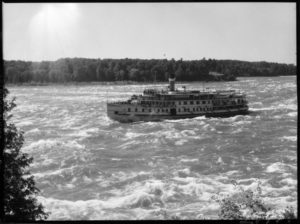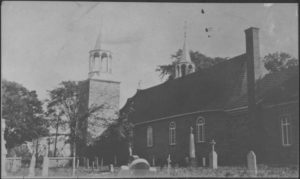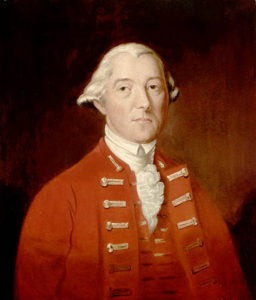Not that Grenville, the other one

The CSL Rapids Prince on the Long Sault Rapids of the St. Lawrence River in 1929, not the Long Sault Rapids on the Ottawa River. Photo, Clifford M. Johnston. Library and Archives Canada, 1968-186 NPC
When I told people I was moving to a place named Grenville, I wondered if they would get confused with Grenville county, which is part of the United Counties of Leeds and Grenville in Ontario. It includes Brockville, most of the Canadian portion of the Thousand Islands, and the town of North Grenville, which includes Kemptville.
Instead, I moved to the village of Grenville, Quebec, which is bordered on two sides by the town of Grenville-sur-la-Rouge.
That got me thinking of how many place names are re-used, either in whole or part. It’s really an endless chain of related names.
Hawkesbury, across the Ottawa River from Grenville in Ontario, is in the Prescott portion of the United Counties of Prescott and Russell. That is not the same as the town of Prescott on the St. Lawrence River which is in Grenville county!
And with Hawkesbury, any Canadian who does a Google search on anything to do with the town, often gets suggestions for Port Hawkesbury, Nova Scotia as well.
My hometown, for most of my life, is Listowel, in Perth County. Perth County is in the upper southwestern part of Ontario. It has been confused with Perth, the town in Lanark County in eastern Ontario more than once.
To make it even more confusing, Perth County is composed of the towns of North Perth, Perth East, West Perth, and Perth South.
Ottawa is in what was historically Carleton county. The town of Carleton Place is located just outside it—in Lanark County.
My father grew up in Huntingdon township, north of Belleville, Ontario. Rawdon township is next to Huntingdon. There’s a village of Huntingdon near the US border in Quebec, and a town of Rawdon, north of Montreal.
Rawdon and Huntingdon Ontario are both in Hastings county, but there’s a separate village of Hastings nearby, but it’s in Northumberland county.
Chatham is a city in southwestern Ontario. It’s also a former township in Quebec, now part of the town of Brownsburg-Chatham.
Waterloo, Quebec is a picturesque town east of Montreal. Waterloo Ontario is a city west of Toronto in Waterloo region.
Waterloo region is also home to the city of Cambridge. Cambridge is also a now-dissolved township in Prescott-and Russell counties.
The Long Sault Rapids were once found on the St. Lawrence River west of Cornwall and Massena. The seaway was built, and they disappeared. About five years after that happened, the Long Sault Rapids on the Ottawa River east of Hawkesbury also disappeared when a hydroelectric dam was built.

A undated photo of a church of an unspecified denomination at Chateauguay, Quebec. Library and Archives Canada, 1974-001 NPC
Chateauguay is located just south of Montreal, but several more miles further south is Chateaugay, New York. Both are on or near the same river, spelled Chateauguay in Quebec, and Chateaugay in New York.
Quebec has a high number of communities with religious names, due to the strong Catholic heritage and influence in the province. Some of those are repeated over and over too.
There are many St-Jacques, and St-Jean’s, but they’re not all named after the same St-Jacques or St-Jean. There’s Ange-Gardien (Guardian Angel), but also a L’Ange-Gardien (THE Guardian Angel).
So, what’s the reason for names getting re-used?
Well, settlers and early government officials from Britain tended to choose names of places back in the old country, colonial leaders or notable people from back in Britain.
A good example of that is Simcoe. John Graves Simcoe was a colonial governor of Upper Canada (now Ontario). As a result, he has a town, county, and lake in Ontario named after him, and only the county and lake are in the same place!

Sir Guy Carleton (1724-1808) was a popular guy when it came to having places named after him. Even though he was a Loyalist, the color of his jacket suggests he was a Red Tory. Artist unknown, copied by Mabel B. Messer.Library and Archives Canada, 1997-8-1
Sir Guy Carleton was another colonial leader. He not only has a former county and the town of Carleton Place in Ontario named after him, but also a county in New Brunswick and a town each in Quebec and Prince Edward Island.
In the example of Quebec’s religious place names, they were usually the same name as a parish church in the community. In fact, most of Quebec’s municipalities at one time had the same boundaries as the parish churches. Parish names get re-used. Think of how many Notre-Dame and Sacre-Coeur (Sacred Heart) churches there are, and that’s not even counting all the saints with similar names.
All these repeated names could be confusing; iIt makes one want to double-check before sending Christmas cards!
Tags: canada, geography, history, New York, Ontario, Place names, Quebec







